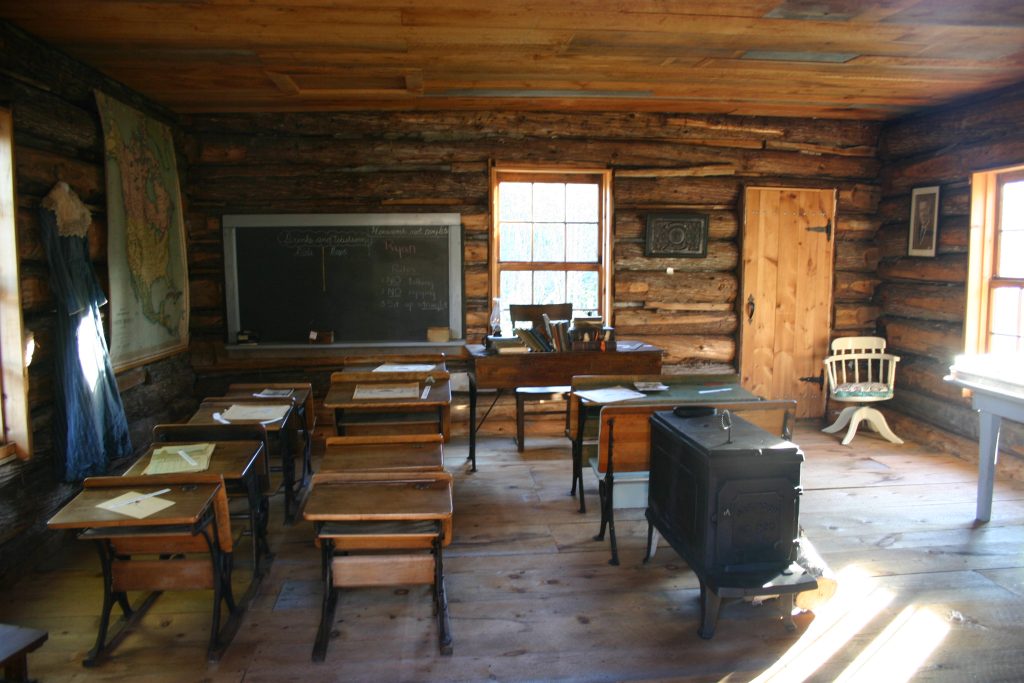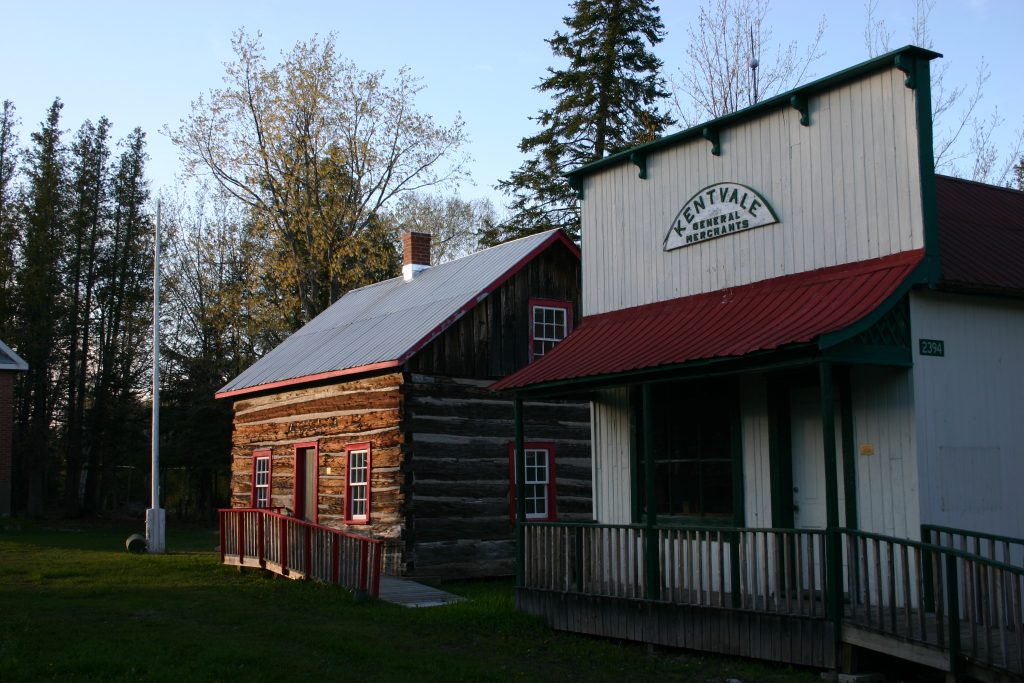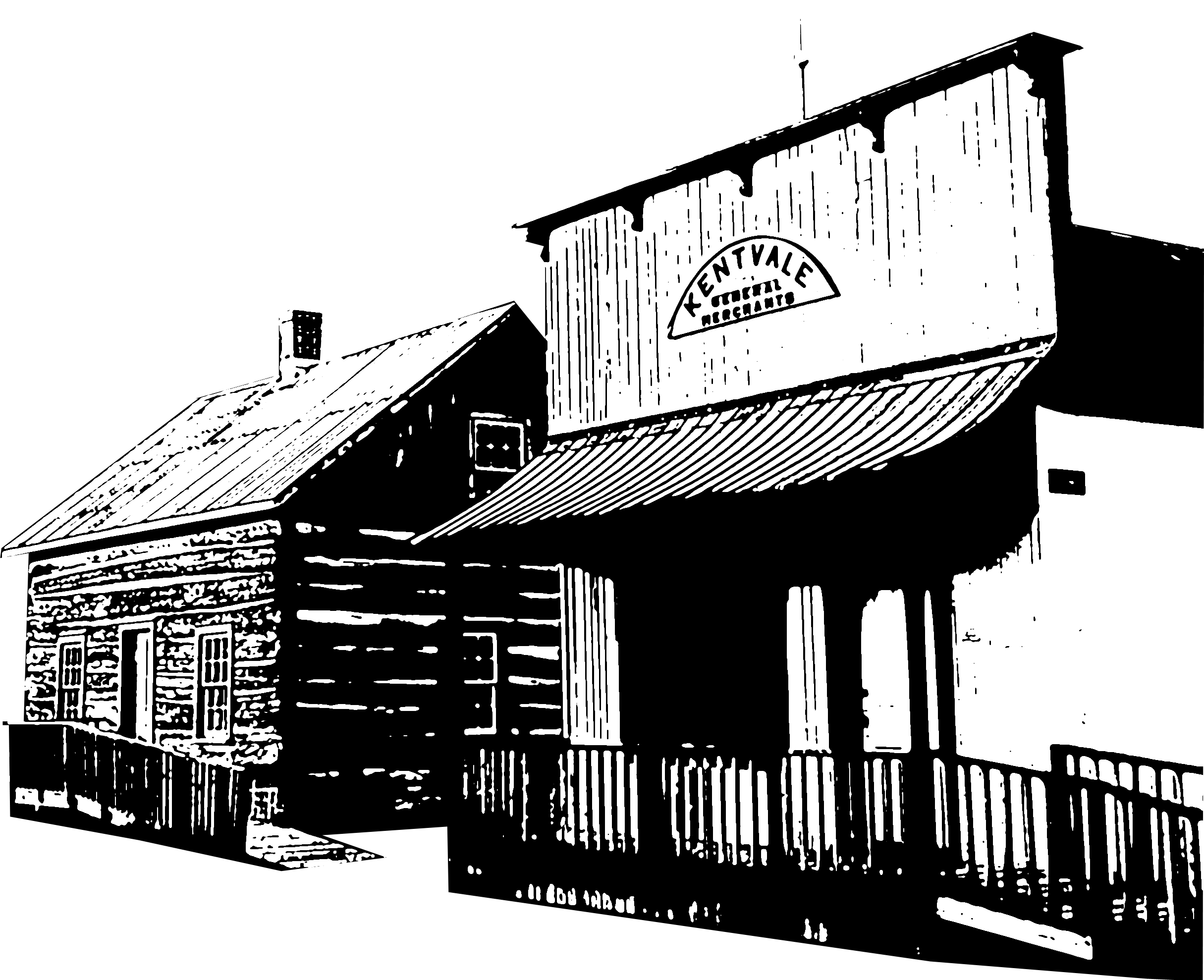
Historical Buildings
+
Artifacts spanning 200+ years

The exhibits here are fascinating and bring history to life! A must-visit for anyone interested in Canada’s past.
We had a wonderful time exploring the museum. The artifacts are well displayed and informative. Highly recommended!



